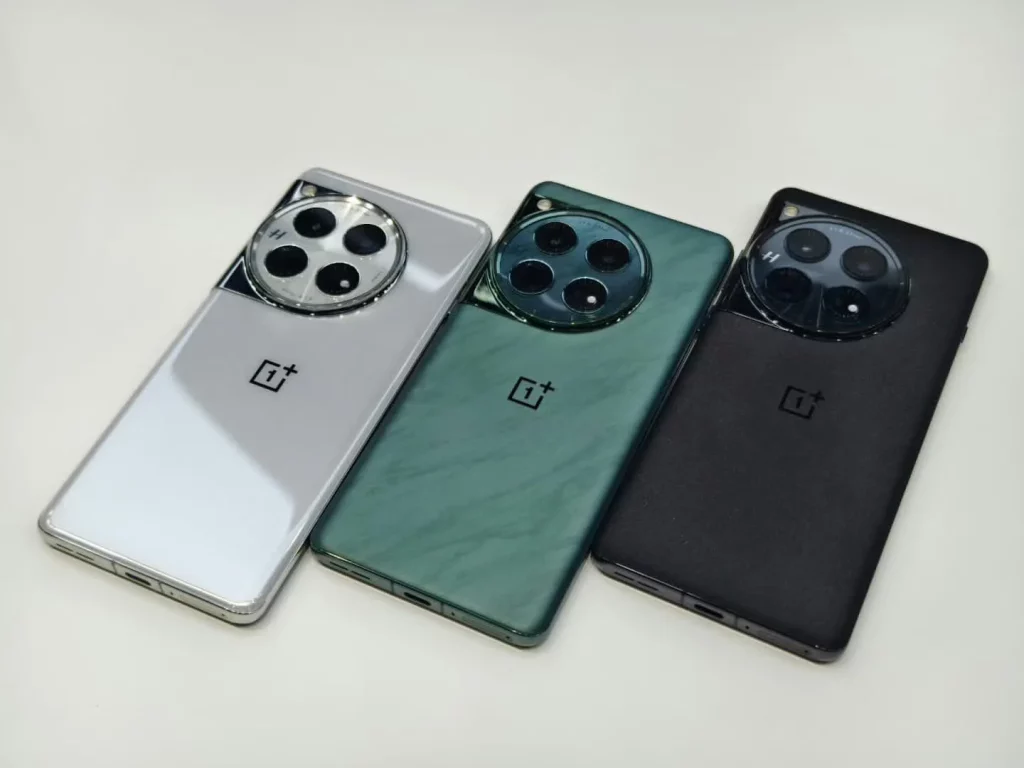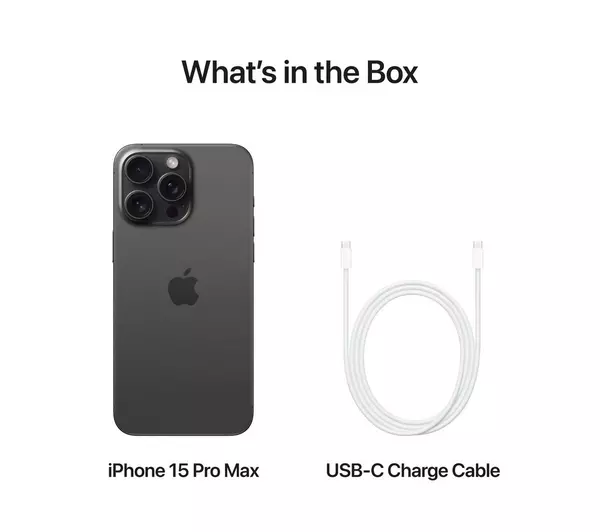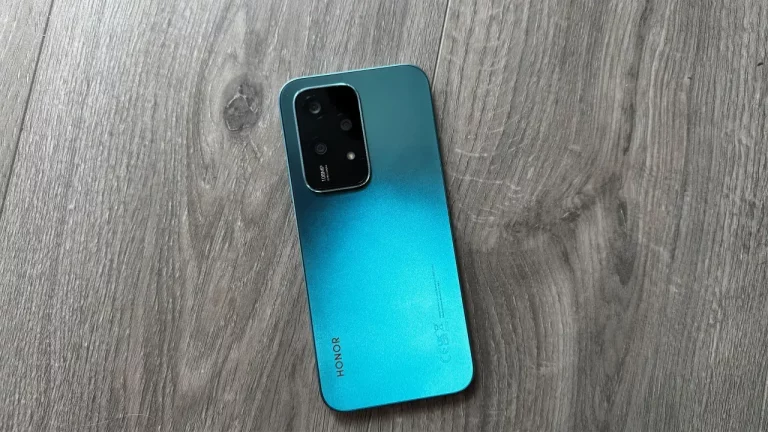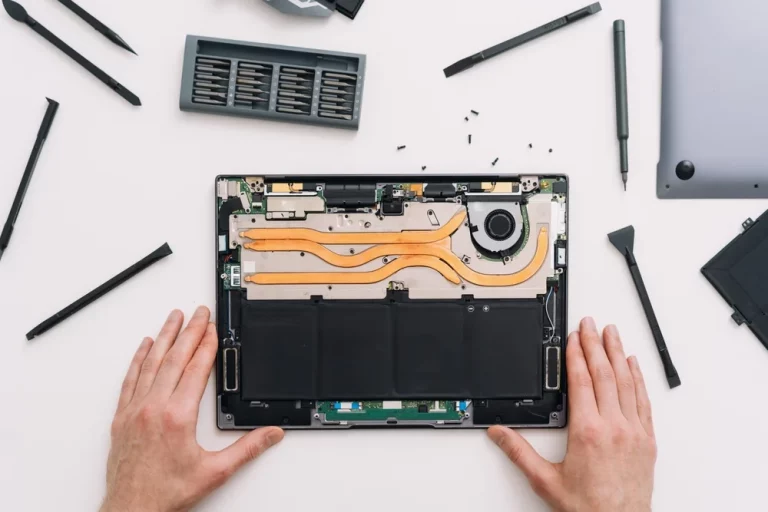The Rise of Peak Brightness Wars in Smartphone Displays – OnePlus 12’s Ultrabright 4500 Nits Display

In the ever-evolving landscape of smartphone technology, manufacturers are constantly pushing the boundaries to offer consumers cutting-edge features. A recent trend in flagship smartphones is the escalation of peak display brightness, with devices like the OnePlus 12 claiming an astonishing 4500 nits. This article explores the origins of the peak brightness wars, the key players involved, and the groundbreaking display technology that makes such feats possible.
The Genesis of Peak Brightness Wars:
Just a few years ago, a display brightness of 1500 nits would elicit awe and admiration. However, in a surprising turn of events, recent releases such as the OnePlus 12 and Oppo Find X7 Ultra have shattered expectations by boasting an unprecedented 4500 nits peak brightness. This surge in display capabilities has sparked a new competition among manufacturers, reminiscent of the camera wars that preceded it.

Apple iPhone 15 Pro Max – 256 GB, Black Titanium
- Striking titanium body
- A17 Pro chip for lightning-fast performance
- 6.7″ Super Retina XDR display
- 48 MP Pro camera system
- USB Type-C port for swift transfers
- Dual SIM and 5G capabilities
- iOS 17 for seamless connectivity
- Advanced Face ID and LiDAR scanner
The Pioneers: BBK Electronics and the Oppo/OnePlus Collaboration:
A common thread among the latest flagships with ultrabright displays is their origin under the BBK Electronics umbrella. Brands like Oppo, vivo, Realme, iQOO, and OnePlus, the latter collaborating with PixelWorks, have been instrumental in introducing innovative display technologies. From granular refresh rates to MEMS upscaling and end-to-end HDR, BBK Electronics has been at the forefront of display advancements.
The Power of Collaboration: OnePlus 12 and Oppo Find X7 Ultra:
The OnePlus 12 and Oppo Find X7 Ultra, both products of BBK Electronics, share not only the remarkable 4500-nit peak brightness but also a collaboration with BOE (Beijing Oriental Electronics), a local OLED display company. BOE’s contribution to this display technology is significant, marking a departure from Samsung’s near-monopoly on OLED displays. The devices leverage BOE’s latest LTPO 4.0 technology, allowing for higher peak brightness, granular refresh rates, and improved power efficiency.
BOE’s Display Technology Breakthrough:
BOE’s 6.82-inch eye-friendly 2K flexible OLED display, featured in the OnePlus 12, incorporates the company’s independently developed LTPO pixel driver circuit and EL device. This technology not only ensures stable transitions between refresh rates but also reduces backlight power consumption by 13%, contributing to a premium display experience. BOE’s display has earned an impressive A+ grade from DisplayMate, setting 18 new records in various categories.
DisplayMate’s 18 Categories: Unraveling the Brilliance of OnePlus 12’s Display:
DisplayMate’s rigorous testing reveals the OnePlus 12’s dominance in 18 key categories, including color accuracy, image contrast, brightness, and resolution. From the smallest color error to the lowest screen reflectance, the OnePlus 12’s display excels across the board, earning accolades that underscore its superiority.
The Enigma of 4500 Nits: Measuring Peak Brightness:
While the OnePlus 12 claims a peak brightness of 4500 nits, some skepticism arises as independent measurements max out at 2675 nits. This discrepancy is attributed to the way peak brightness is measured—often under minimal average picture levels (APL) or in controlled lab settings. Despite this, the significance of peak brightness in real-world scenarios cannot be undermined.
The Importance of Peak Brightness:
As consumers increasingly use their smartphones outdoors, especially in bright sunlight, peak brightness becomes a crucial factor for an optimal viewing experience. The OnePlus 12’s full-screen brightness of 1630 nits under such conditions highlights the practical importance of peak brightness, making it a noteworthy feature for users in various scenarios.
Conclusion:
The smartphone display landscape is evolving rapidly, with the OnePlus 12 leading the charge in the peak brightness wars. Collaborations between manufacturers like OnePlus, Oppo, and BOE have paved the way for cutting-edge display technologies, challenging the dominance of established players like Samsung. While questions linger about the precise measurement of 4500 nits, the real-world impact of peak brightness on user experience cannot be overstated. As the battle for display supremacy continues, consumers can expect even more groundbreaking innovations in the future of smartphone technology.






